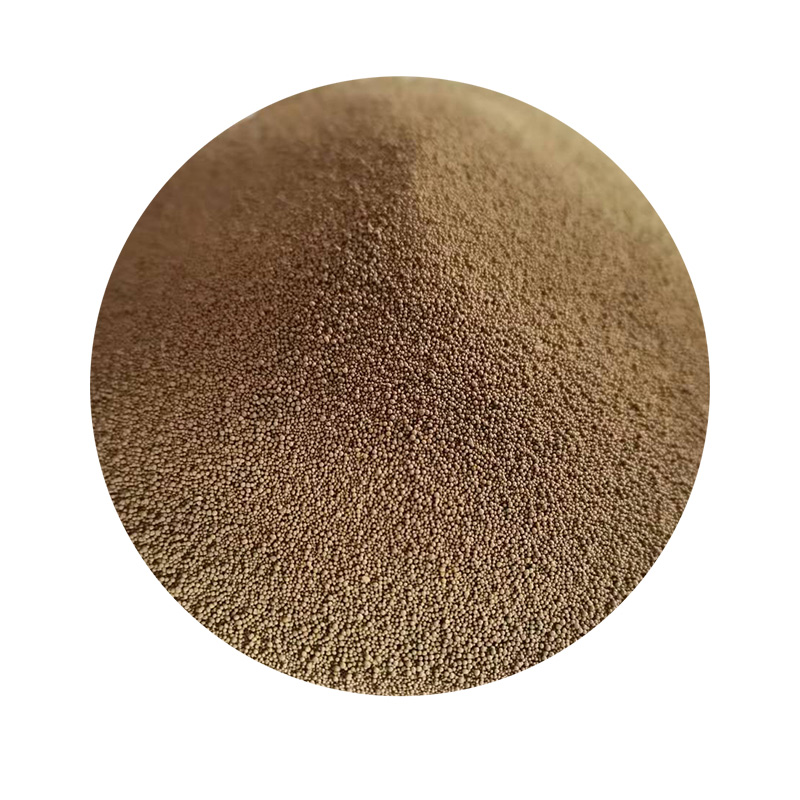Sanding and Painting 3D Prints A Comprehensive Guide
3D printing has revolutionized the way we create models, prototypes, and art pieces. However, the finishing touches are often as crucial as the printing process itself. This is where sanding and painting come into play, transforming a raw print into a polished masterpiece.
Understanding the Materials
The first step in the sanding and painting process is to understand the type of filament used for printing. Common materials like PLA, ABS, and PETG each have different properties and require specific approaches during sanding and painting. PLA is relatively easy to sand and paint due to its rigid nature, while ABS may require a more careful touch due to its tendency to warp. Knowing your material ensures a successful finish.
Sanding The Basics
Sanding is essential for smoothing out the layers and removing any imperfections from the surface of the print. Start with a coarse sandpaper (around 100-220 grit) to remove large imperfections and layer lines. Be gentle, especially on intricate details, as excessive sanding can lead to loss of detail. Once the initial sanding is complete, gradually move to finer grits (400-600) to achieve a smooth finish.
For those difficult-to-reach areas, consider using sanding sponges or files that can contour to the shape of your print. After sanding, it’s important to clean the print to remove dust and debris before moving on to primer and paint.
Priming Preparing for Paint
sanding and painting 3d prints

Before painting, priming is crucial, as it helps paint adhere to the surface and enhances color vibrancy. Choose a primer suitable for your material; for instance, an acrylic primer works well with PLA and ABS. Apply a thin, even coat, allowing it to dry completely before sanding lightly with fine grit sandpaper. This additional sanding helps to create an ultra-smooth surface for painting.
Painting Your Print
When it comes to painting, the options are abundant. Acrylic paints are popular due to their ease of use and quick drying times. You can use airbrush techniques for a professional finish or standard spray paint for larger areas. Whichever method you choose, apply multiple thin layers rather than one thick coat to prevent drips and achieve an even finish.
Don’t forget to let each layer dry thoroughly before applying the next. For a glossy finish or added protection, consider a clear coat once the paint is dry.
Final Touches and Tips
After painting, give your print time to cure fully. Once cured, inspect it for any imperfections that may need touching up. The final finish can significantly enhance the appearance of your 3D print, making it look professionally made.
In conclusion, sanding and painting are vital processes that elevate your 3D prints from basic to beautiful. With the right techniques and materials, your finished products can reflect the creativity and effort you put into the initial design. Whether you're a hobbyist or a professional, mastering these skills is key to stunning 3D models. Happy printing!
Post time:Nov . 04, 2024 12:21
Next:High Efficiency Solutions for Large Scale Sand Casting Production Techniques
